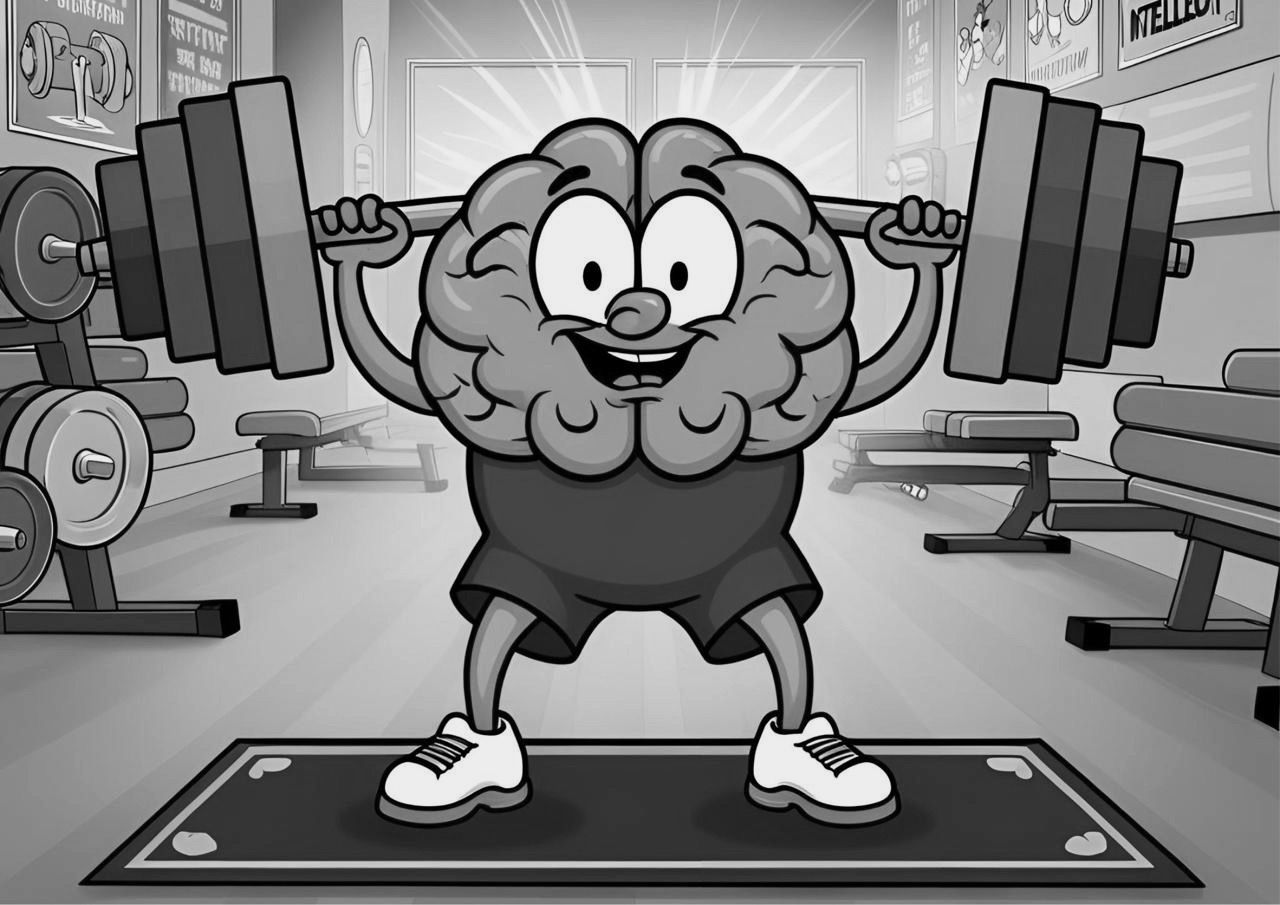Written by: Srinidhi Arun Pennathur,
Published on: 20th Mar 2025.
A Brief Introduction: Mental health has historically been overlooked and often stigmatized in the athletic sphere. As Meister & Lavanchy (2021) note, the dominant culture of athleticism has been marked by “strength, power and invulnerability”.
Athletes are expected to be consistently resilient and mentally strong, with more emphasis on the physical aspect. However, stressors such as high expectations to win, the pressures of perfectionism, constant competition, and the fear of failure especially in the face of a large audience, significantly impact their well-being. Examples from the Indian context include cricketer Virat Kohli and badminton player P.V Sindhu opening up about their experiences with depression. Moreover, Indian societal stigmas surround beliefs that equate mental fitness solely with physical fitness, which in turn causes players to avoid addressing their own mental health struggles due to the fear of being dropped by their teams.
There are several kinds of mental training/conditioning. The most notable, also coined by many scientists as the ‘big four’ (Tod & Lavallee, 2012, p.7) are:
- Imagery
- Self-talk
- Activation management
- Goal-setting
1. Imagery: Not to be confused with ‘visualization,’ which is a simpler version of envisioning successful performance, imagery involves the creation of a multisensory experience. This means that an athlete does not simply picture their success, they experience it, drawing on senses beyond sight – smell, sound and even touch. This may include examples including, but not limited to: feeling enthusiastic embraces from team members or loved ones upon scoring the winning point, hearing loud cheers from the audience, even the smell of the pitch/court and receiving a trophy or medal. Imagery is more versatile than visualization because it can be employed in strategies, emotional regulation, building confidence and even complementing physical training. According to descriptive studies, elite athletes use imagery more than less-experienced athletes. Experimental studies also show that imagery improves motor skills due to a mental rehearsal of movements. Additionally, imagery may also enhance muscle power in the f ingers and elbows, and can improve flexibility.
2. Self-talk: The ‘self-talk’ refers to certain affirmations or cues athletes use to “motivate themselves or manage their nerves.” This may include phrases in both positive and negative language, like “I’m ready” and “I can do this” or perhaps “I’m tired” or “I need to rest.” Instructional or motivational self-talk can additionally improve performance in various physical activities. Instructional self-talk is more performance-oriented, and fosters focus on correct performance. Motivational self-talk is better suited to strength and endurance tasks, as it boosts confidence, thereby raising effort and energy levels. It is important to consider that self-talk alone does not bring about change, but it definitely catalyzes performance enhancement.
3. Activation Management: Activation management is used to describe a set of techniques used by performers to reach an ideal state of physical and mental preparedness to engage with their sport. For example, an athlete warming up before a match or tournament is an example of them “engaging in actions to achieve the desired activation state to perform.” Strategies under activation management include relaxation, such as muscle relaxation and meditation and ‘psyching-up’ techniques, including positive self-talk or energetic shouting. These strategies enhance performance as they reduce anxiety, and “enhance maximal strength and local muscular endurance” (Tod & Lavallee, 2012, p.20). It is important to note that these two types of activation management may be used for different purposes based on the situation.
4. Goal-setting: Goal setting refers to the aims of athletes and their aims in the context of their performance, which guides their behavior towards achieving the same. It is a strategy employed for motivation and productivity. When an athlete sets a goal, they direct their attention to specific tasks, which increases training intensity. Consequently, goal-setting allows players to persevere through hardship and also fosters strategy development. Goals may be process, performance or outcome-based. Setting specific goals has been found to increase performance more than vague or unspecific goals. Additionally, goal-setting may be more effective with moderate difficulty levels, combining short-medium and long-term goals, as well as frequent feedback to improve commitment to achieving the overall goal.
It is important to note that mental health and mental conditioning exist symbiotically - mentally healthier athletes are better positioned to develop the aforementioned strategies. Similarly, adopting these effective strategies can in turn not only improve motivation and confidence, but also enhance athletic performance.
To conclude, secure mental health provides the stability needed for athletes to thrive, while mental conditioning offers the tools to elevate performance. Both are necessary tools for them to navigate the challenges that accompany athletic life , and when nurtured together, they allow athletes to perform at their best, both physically and mentally.
References Adhikari, A. (2021, December 8). Breaking the stigma of mental health in Indian sports: A step in the right direction. Pprc.in.https://pprc.in/read_more_blog.aspx?id=6048
Bauman, N. J. (2016). The stigma of mental health in athletes: Are mental toughness and mental health seen as contradictory in elite sport? British Journal of Sports Medicine, 50(3), 135–136. https://doi.org/10.1136/bjsports-2015-095570
Isaminger, T. (2023, October 10). Breaking the stigma: Discussing mental health in athletics. BSN SPORTS Coaches Corner. https://blog.bsnsports.com/articles/breaking-the-stigma-discussing-mental-health-in-athletics
Meister, A., & Lavanchy, M. (2021, September 24). Athletes are shifting the narrative around mental health at work. Harvard Business Review; Harvard Business Publishing. https://hbr.org/2021/09/athletes-are-shifting-the-narrative-around-mental-health-at work
Nivetha C. (2023, February 23). Mental health: Still a stigma in sports? Nsoj.in. https://www.nsoj.in/stories/mental-health---still-a-stigma-in-sports
Pramanik, P., & Chatterjee, S. (2023). Role of mental training in sports performance: A critical appraisal. International Journal of Research Pedagogy and Technology in Education & Movement, 12(3), 121–130. https://doi.org/10.55968/ijems.v12i03.379
Sengupta, S. (2022, June 11). “A barrier to performance”: How mental health of athletes is perceived in india. The Wire. https://thewire.in/science/a-barrier-to-performance-how-mental-health-of-athletes-i s-perceived-in-india
T he importance of mental training in sport. (2021, June 25). Sport Ottawa. https://sportottawa.ca/the-importance-of-mental-training-in-sport/ Tod, D., & Lavallee, D. (2012). The psychology of strength and conditioning. Routledge

